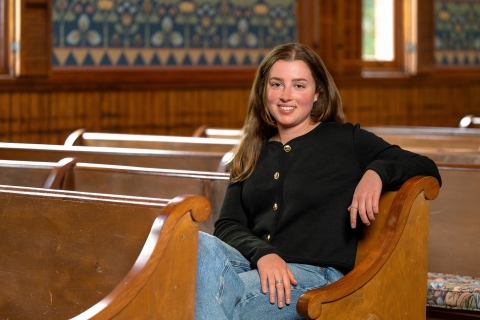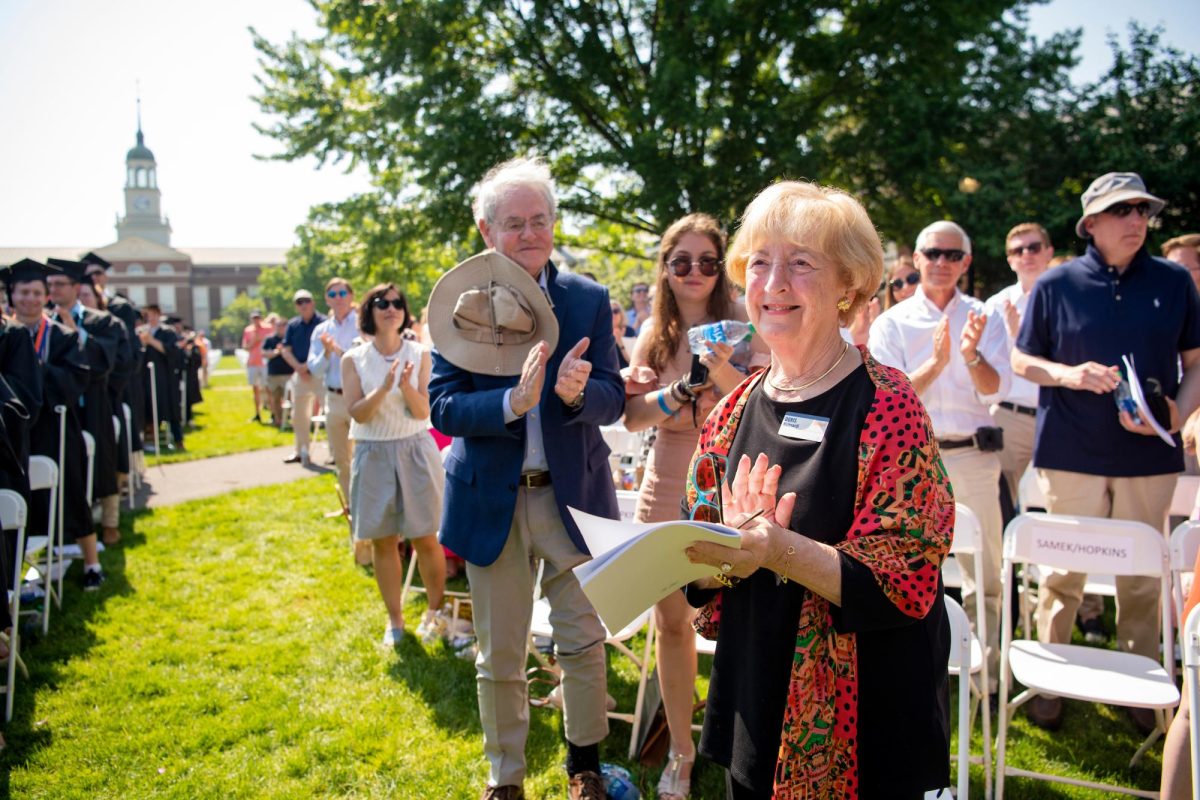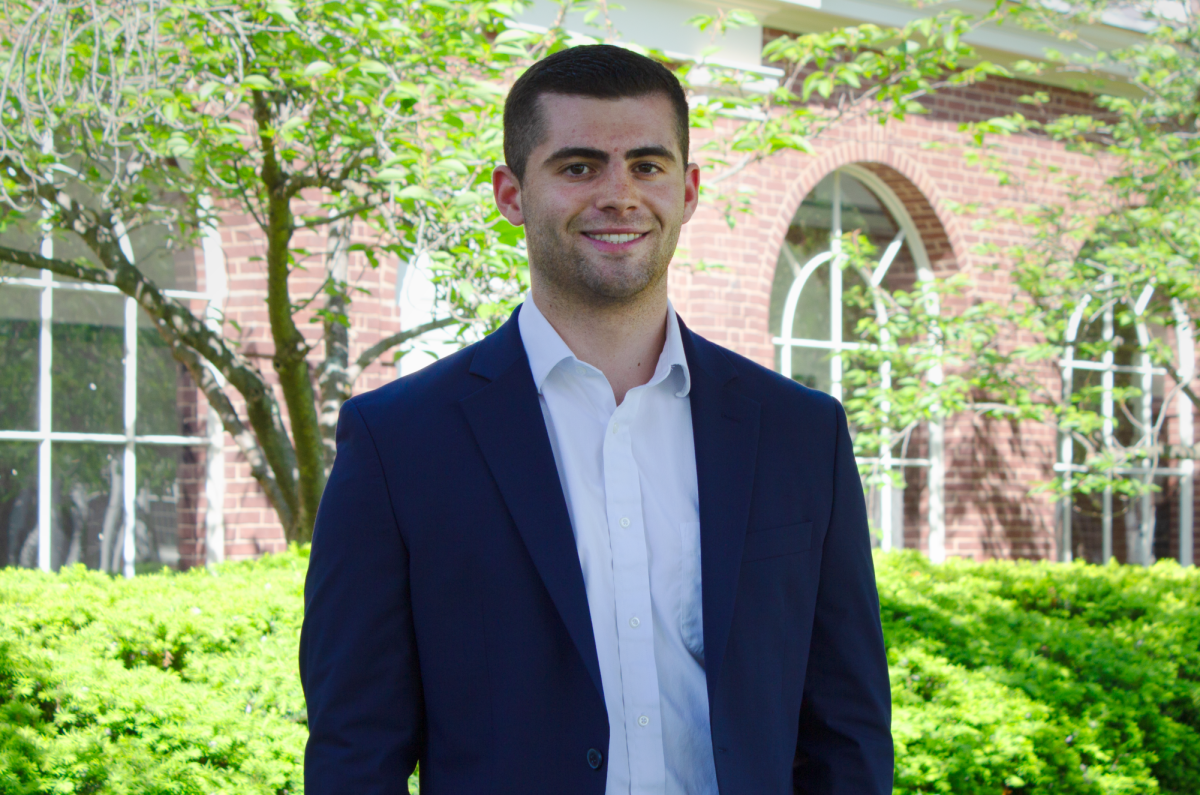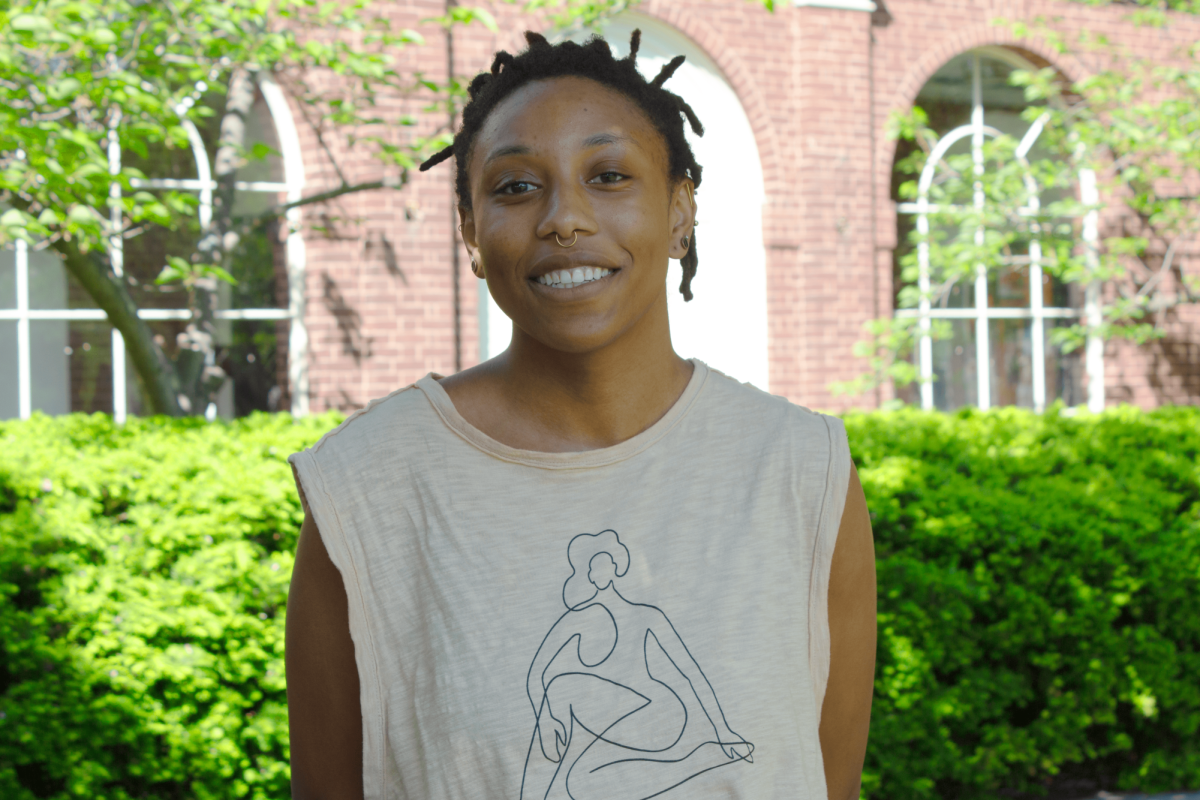Housing, class space problems highlight admissions dilemma
April 15, 2022
In this 2025 admission cycle, the University accepted the largest class in the university’s history. Consequently the rising sophomore class will be the largest the school has handled to date, resulting in many overcrowding issues – most recently in the areas of class registration and housing. As a result, a number of rising sophomores and juniors still have no idea where they are going to live next year. If the school does not have the capacity to accommodate this many students, why did they accept so many?
Simple. For money. More students paying the (recently increased) tuition adds significantly to the University’s available funds, which must be especially welcome to administration following the increased expenses and decreased incoming cash flow resulting from the pandemic. While there are various first-year dorm renovations projects underway, there has been no expansion of housing, which cuts back spending for the University. To the administration, accepting more students—even though it results in uncomfortable overcrowding for the student body—means more money.
Aside from student discomfort, there are other cons to the increasing number of accepted students. In the past 10 years, the University has had about the same number of people applying every year. If the class sizes are getting bigger, but the number of applications isn’t going up, it means that the University is accepting a larger and larger percentage of their pool of applicants. In 2012, the acceptance rate was 27 percent. Today, it is 38 percent. While this is in some ways good – the University has been able to diversify the student population in some ways through this expansion, bringing new students into the University community who may have previously been boxed out – the University needs to either commit to its small school persona, or make a serious effort to expand itself.
Why is the increased acceptance rate important for school administration? Acceptance rate is perhaps the most important statistic in determining a school’s reputation as “elite.” It is one of the most important numbers that potential applicants look at to get an impression of what this school will reflect on their resume. A school with a lower acceptance rate will automatically be considered as more impressive and desirable.
The University has a reputation as a “little Ivy,” i.e. a small but elite and impressive school that could potentially compete with the most prestigious universities in the nation. By accepting more students, increasing the acceptance rate and increasing the size of the school in general, they are moving away from this elite reputation. Is this an anomaly, an accident or is this indicative of a shift in philosophy and presentation?
Regardless, the housing issue still remains. It is an incredible lapse in oversight from the school that so many students are as of now completely lacking housing for next semester. Whether the University is admitting more students in order to generate more revenue, or they are shifting towards a larger, less elite school in general, they have disadvantaged at least two entire classes in order to do so. If accepting this large class was a planned response to monetary issues, they should not have gone through with it without having housing ready for the students already here.
The University needs to solve this problem. If this was an anomaly from these past few years, it needs to counteract the effects by reducing admission immediately and accepting a much smaller class this coming year. If it was not, and the intention is to continue increasing class sizes in general, the school needs to immediately start preparing housing for a much larger selection of students. For this next coming year, no expense can be spared in finding places for these juniors and sophomores who currently have no idea where they will be living.





















